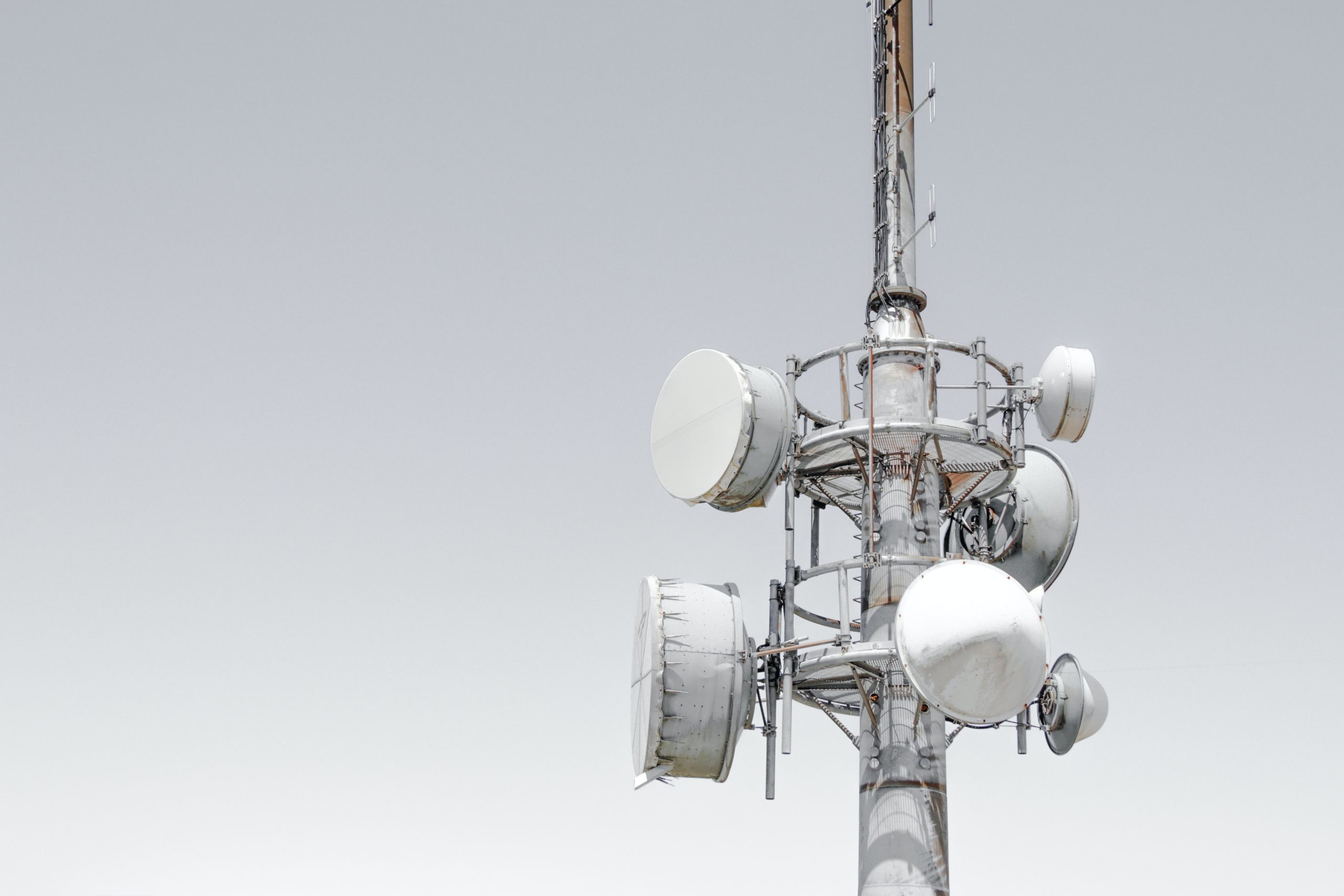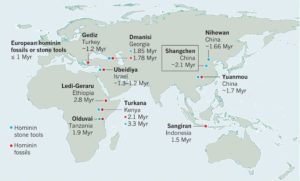5G Reality and the new developments


Promise of 5G
Global traffic levels hit 38 exabytes per month at the end of 2019, with a projected fourfold increase to 160 exabytes per month expected by 2025 . 5G promises to deliver that but are the present telecom infrastructure capable enough of handling this upsurge.
5G seems to be the panacea and the is designed to handle this massive increase in data traffic in a way that ensures superior performance.
3GPP has been actively working on the 5G New Radio (NR) enhancement since 3GPP standardized the first NR release (release 15) which was released in mid-2018.
The 5G NR Release 16 has some significant enhancements compared to previous releases.
Mobile operators and vendors will have to work closely to understand and ensure the implications of Release 16 and 17 which may be huge for the mobile industry in the next coming 5 years.
Major focus in Release 16
The enhancements can be classified in major areas
Dynamic Spectrum sharing
This enables a smooth transition from 4G to 5G by allowing LTE and New Radio to share the same carrier spectrum . In release 16, the number of rate-matching patterns available in NR has been increased to allow spectrum sharing when Carrier Aggregation is used for LTE.
Implication
A very important enhancement esp for emerging economies carriers who will want to keep the new spectrum minimal to the extent possible to keep enough cash for the actual 5G Capex.
User equipment power saving
To reduce power consumption of User Equipments, Release 16 includes a wake-up signal . There are also other enhancements to control signaling and scheduling mechanisms.
Implication
A big concern from operators has been the power consumption and the charging requirements . this will be necessary esp in the use cases for ubiquitous devices to ensure optimal power at all times.
Carrier aggregation
3GPP Release 16 reduces latency for setup and activation of CA/DC, thereby leading to improved system capacity and the ability to achieve higher data rates
Implication
In Release 15, certain configuration cannot take place unless the User equipment is fully connected whereas in this Release this can be done without invoking the need for extensive signalling which creates pressure on the network. This can also be useful of asynchrounous use cases..e.g remote devices sending data infrequently .
Use cases for Private 5G:
Overall Release 16 allows use cases which may be useful for even Private Networks
- Unlicensed spectrum – Usage of New Radio
- New features for Industrial IoT
- New features for V2X ( Very essential for Autonomous vehicle use cases )
Final word :
3GPP’s releases 16 and 17 will play an important role in increasing the availability of 5G New Radio to a wide range of new applications and use cases in both Public and Private 5G use cases.
References:
- Source : Ericsson Mobility Report – 2019




